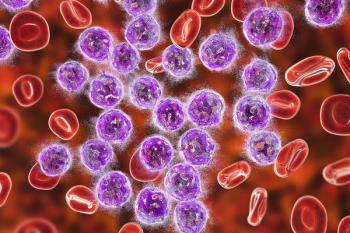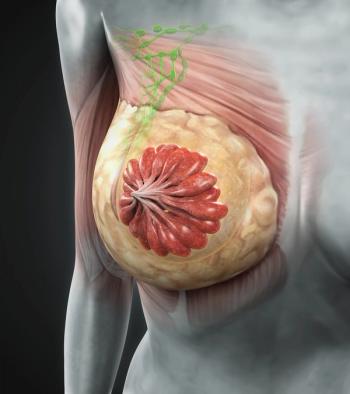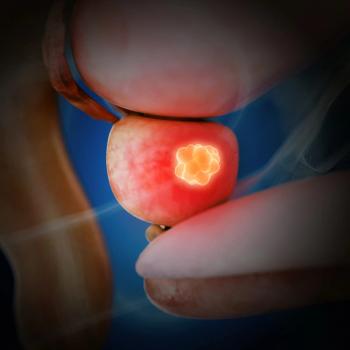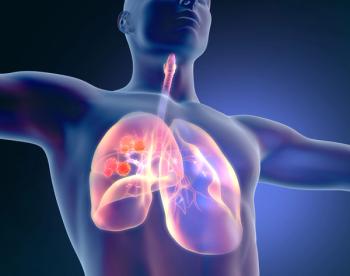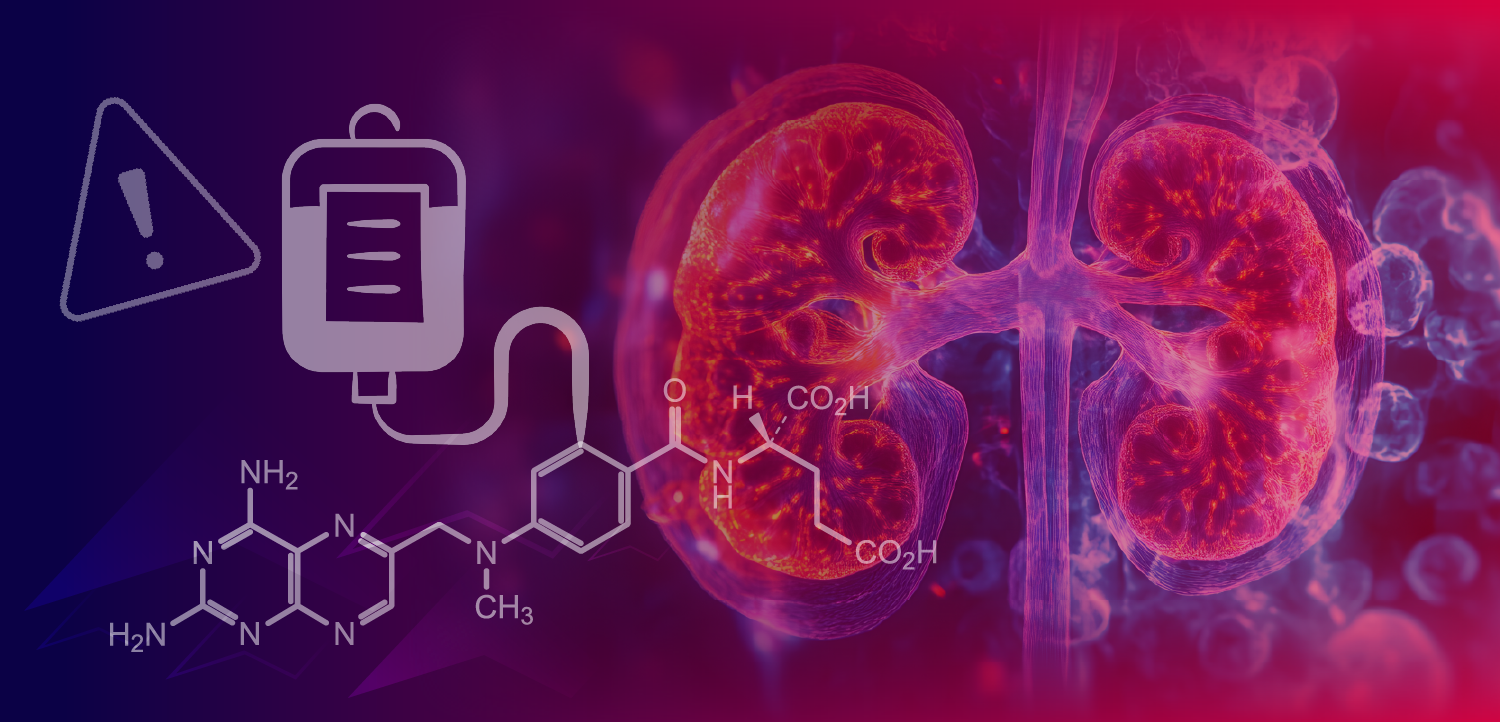
Research Highlights Surgical Management Disparities in American Indian and Native Alaskans With Breast Cancer

Findings from a study indicated that non-Hispanic American Indian and Alaskan Native patients with breast cancer were more likely to undergo a mastectomy compared with non-Hispanic White patients.
Non-Hispanic American Indian and Alaskan Native patients undergo a higher percentage of mastectomy compared with non-Hispanic White patients, highlighting disparities in surgical management, as well as a need to drive awareness about these issues, decision making, and access to breast conservation for this patient population, according to a study published in Annals of Surgical Oncology.
For early-stage breast cancer, non-Hispanic American Indian or Alaskan Native patients had a significantly higher higher rate of mastectomies at 41% compared with non-Hispanic White patients at 34.4% (P <.001). Additionally, non-Hispanic American Indian and Alaskan Native individuals had a lower lumpectomy rate of 59% compared with 65.6% in non-Hispanic white individuals. However, investigators stated that no significant differences in post–lumpectomy radiation (71% vs 70%) were observed in either group, respectively.
“Disparities in breast cancer screening, stage, and morbidity or mortality have been examined previously for non-Hispanic American Indian and Alaskan Native women compared with the general population; however, we believe this is the first study to specifically examine disparities in breast cancer surgery for non-Hispanic American Indian and Alaskan Native women,” the investigators wrote.
Between the years of 2010 and 2015, 3292 non-Hispanic American Indian and Alaskan Native women and 165,225 non-Hispanic White women diagnosed with breast cancer were identified. A total of 94% non-Hispanic American Indian and Alaskan Native and 95.7% non-Hispanic White patients who underwent a lumpectomy had early-stage disease. The rates of post–lumpectomy radiation for non-Hispanic American Indian and Alaskan Native individuals was 68.9% and 68.3% for non-Hispanic White individuals.
When combining all sates and regions, non-Hispanic American Indian and Alaskan Native patients had a lower incidence of breast cancer compared with non-Hispanic White women (risk ratio, 0.90; 95% CI, 0.87-0.93). Patients from Alaska (RR, 1.33; 95% CI, 1.18-1.50) and those from the Southern Plains (RR, 1.28; 95% CI, 1.20-1.38) had a significantly higher incidence than those from the Pacific Coast (RR, 0.89; 95% CI, 0.83-0.96), the East (RR, 0.63; 95% CI, 0.54-0.67), and the Southwest (RR, 0.57; 95% CI, 0.51-0.62).
During early-stage disease, incidence was significantly lower for non-Hispanic American Indian and Alaskan Native patients compared with non-Hispanic White patients in all regions (RR, 0.86; 95% CI, 0.83-0.90). Additional findings from the study indicated that non-Hispanic American Indian and Alaskan Native individuals had a higher incidence of late-stage disease in all regions combined (RR, 1.08; 95% CI, 1.01-1.17).
Of the non-Hispanic American Indian and Alaskan Native patients in the Northern Plains, 48.9% underwent mastectomy for early-stage disease compared with 35.9% for non-Hispanic White women (P <.001). For those in Alaska, 47% of the non-Hispanic American Indian and Alaskan Native population received a mastectomy compared with 33.3% of non-Hispanic White women (P <.001).
When examining treatment by region, a higher number of non-Hispanic American Indian and Alaskan Native patients with early-stage breast cancer received post–lumpectomy radiation vs non-Hispanic White patients in the Northern Plains (84.3% vs 77.5%; P = .04), Alaska (71.4% vs 59.9%; P = .03), and Southwest (55.4% vs 43.6%; P = .004).
From 2005 to 2010, non-Hispanic White patients had increased mastectomies, with a decrease noted from 2010 to 2015. Non-Hispanic American Indian and Alaskan Native patients had a an APC of 1.3 for early-stage disease, which increased from 2005 to 2010, plateaued from 2010 to 2014, and then increased from 2014 to 2015 in non-Hispanic White patients. In late-stage disease, the APC remained the same for non-Hispanic American Indian and Alaskan Native individuals but increased from 2005 to 2013 before decreasing from 2013 to 2015 for non-Hispanic White patients.
Reference
Erdrich J, Cordova-Marks F, Monetathchi AR, Wu M, White A, Melkonian S. Disparities in breast-conserving therapy for non-Hispanic American Indian/Alaska Native women compared with non-Hispanic White women. Ann Surg Oncol. Published online September 6, 2021. doi:10.1245/s10434-021-10730-7
Newsletter
Stay up to date on recent advances in the multidisciplinary approach to cancer.


